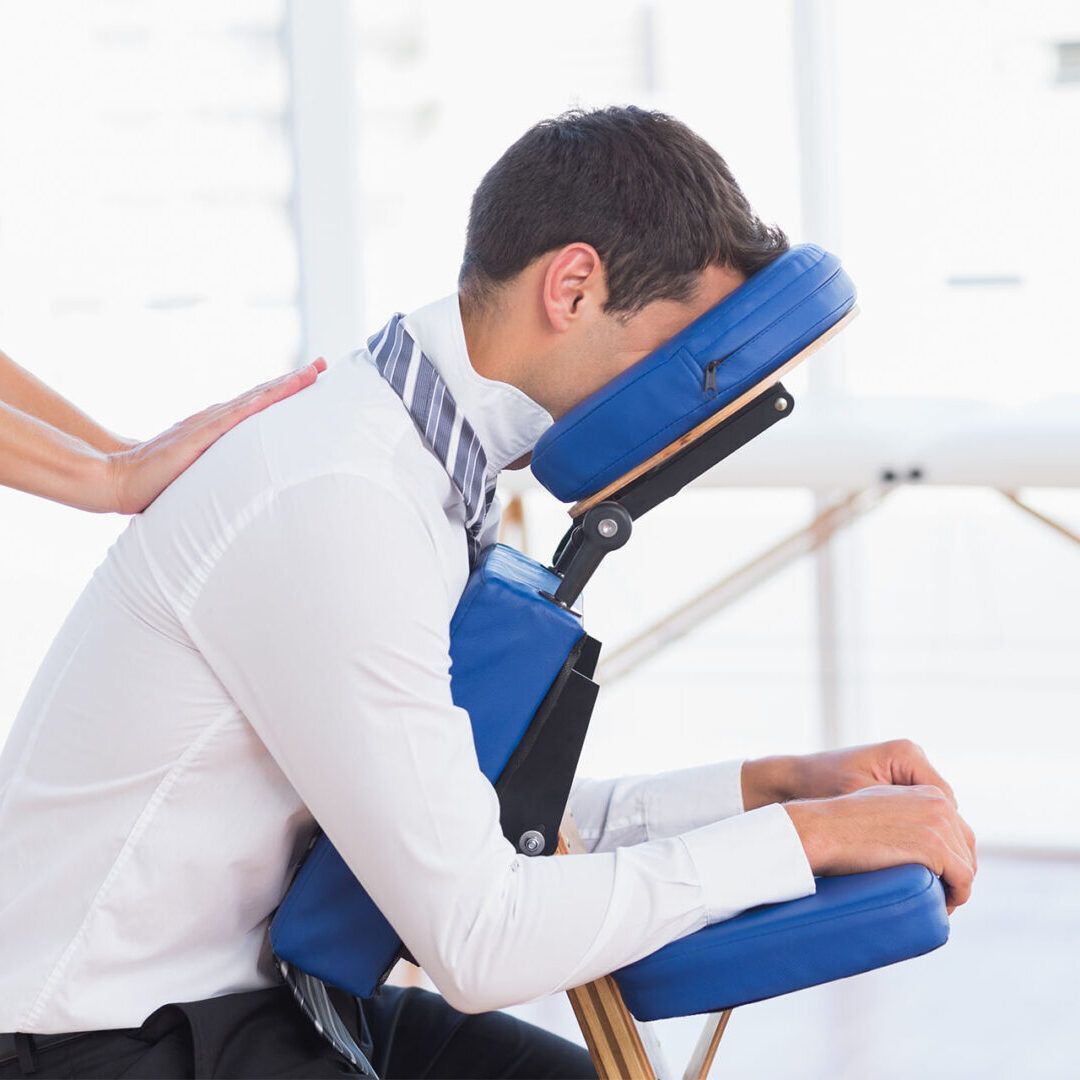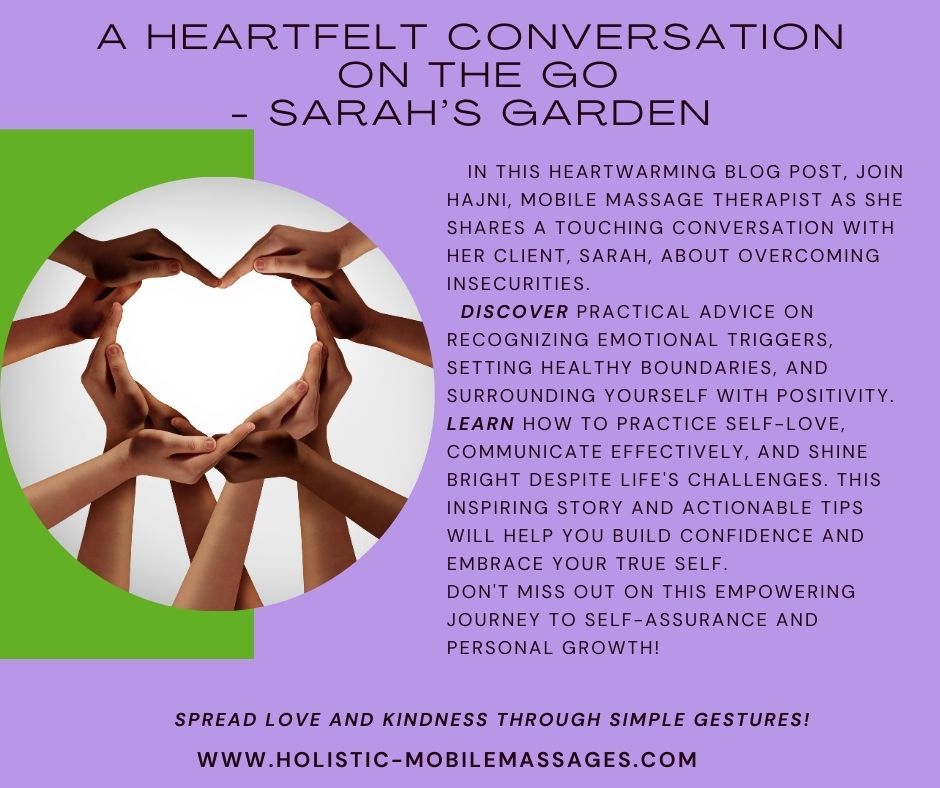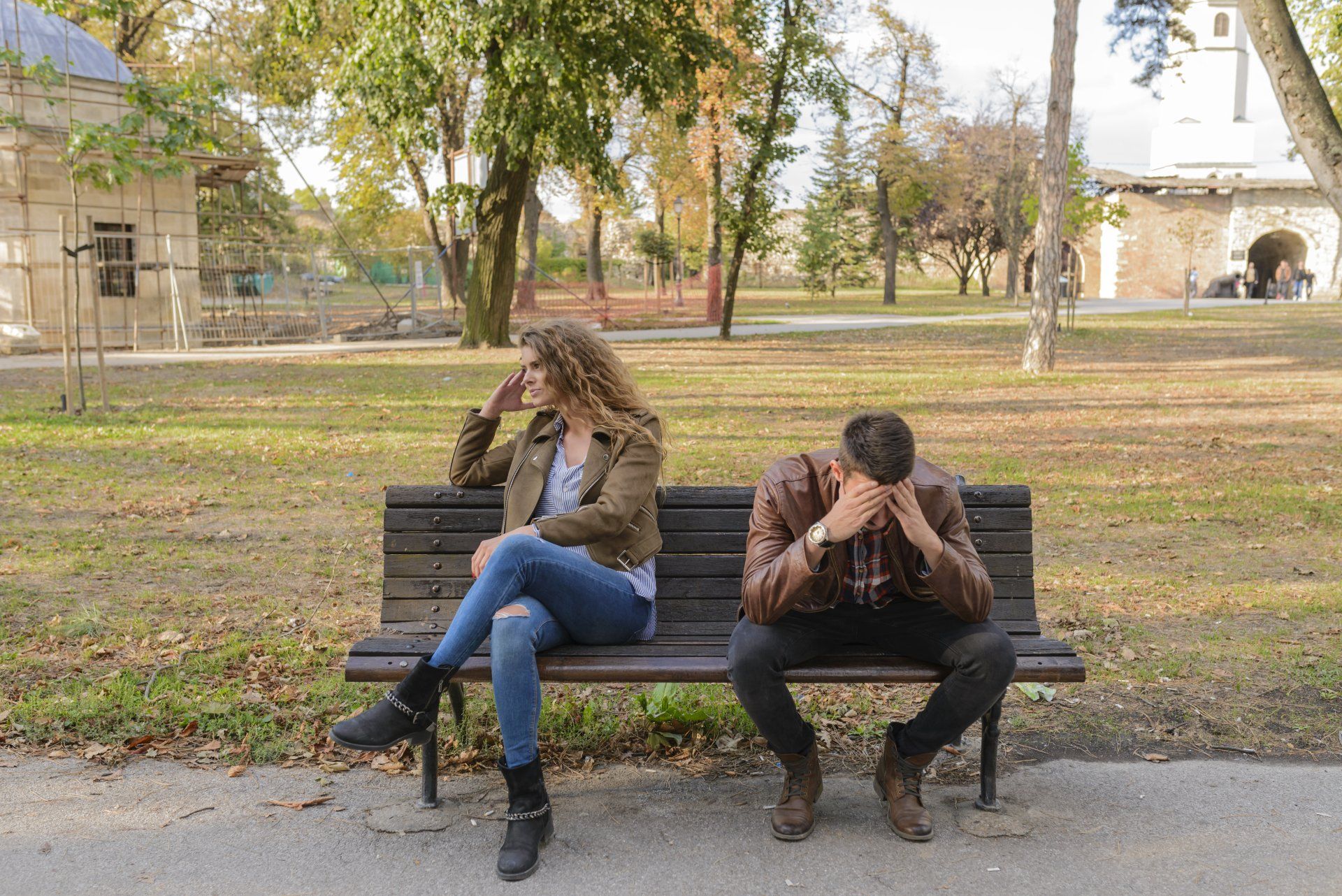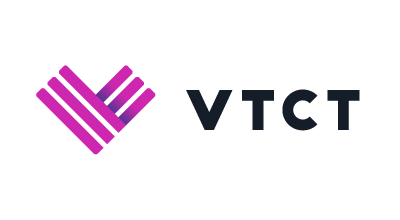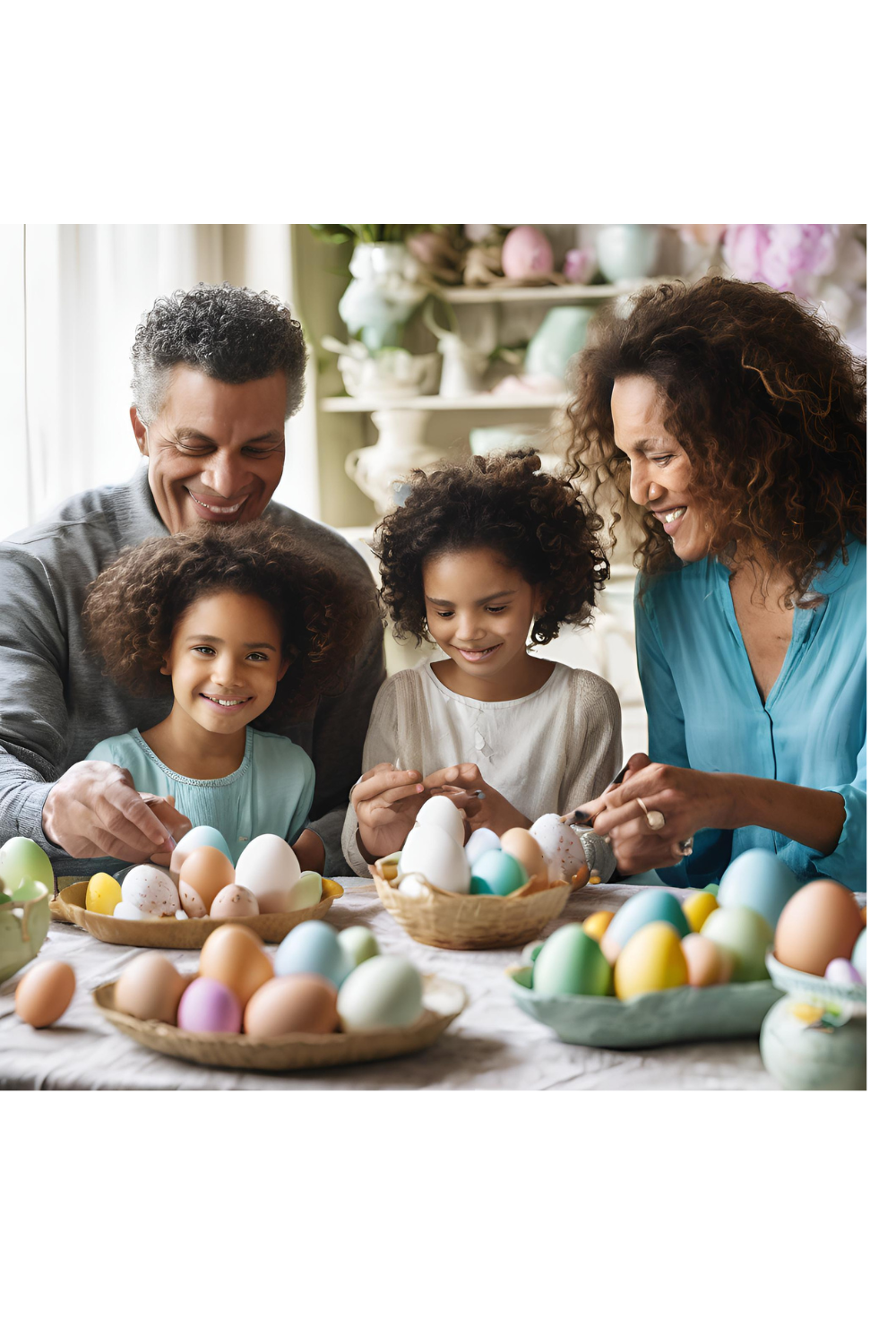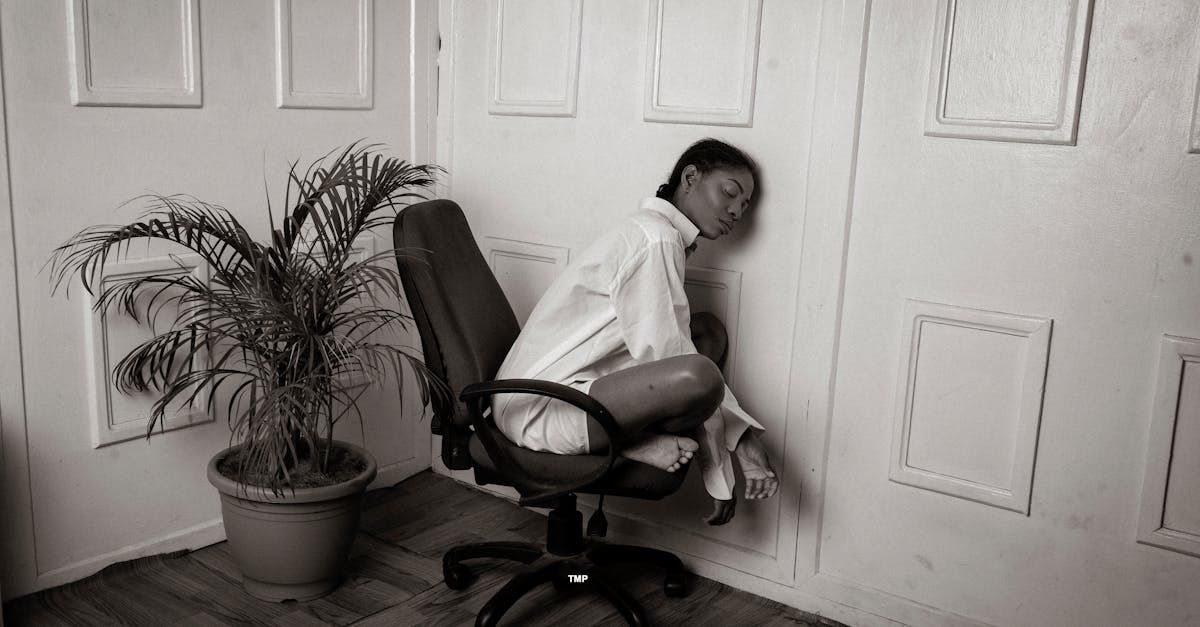Cracking the Code of Aches: Managing Repetitive Strain Injuries with Massage
Well-being and comfort of office workers, IT specialists, Globetrotter's, digital nomads, hairdressers, makeup-artists, nail-technicians, massage therapists and everyone else!
Understanding Repetitive Strain Injuries (RSIs)
In the fast-paced world of office work, the constant typing, clicking, and swiping can take a toll on our bodies. Repetitive strain injuries (RSIs) like carpal tunnel syndrome, tennis elbow, and mouse shoulder have become all too familiar for many office workers. The good news is that there's an effective, holistic solution to combat these discomforts – a combination of massage and targeted exercises. In this article, we delve into how regular self-massage and exercise can play a pivotal role in alleviating the discomfort caused by common office-related ailments.
Understanding Repetitive Strain Injuries: The Silent Agony
RSIs are the result of overused muscles and tendons due to repetitive movements, poor posture, and inadequate rest. The result? Lingering pain, discomfort, and a major productivity buzzkill. Before we unveil the massage and exercise secrets, it's crucial to recognize the signs and symptoms of RSIs to intervene early.
Recognizing the Signs of Repetitive Strain Injuries (RSIs)
RSIs are like little alarms your body sets off to let you know something's not right. They happen when you do the same movements repeatedly, like typing or using a mouse for a long time. Here are some signs your body might send you if you're dealing with RSIs:
Pain: You might feel an ache or pain in areas like your wrists, fingers, elbows, or shoulders. It could be a dull, consistent pain or a sharp sensation.
Tingling or Numbness: Ever had your fingers feel tingly, like they're half-asleep? Or maybe you can't feel things as well as usual in certain areas. That's a sign too.
Weakness: If you notice that it's getting harder to grip things or do tasks that used to be easy, it could be a sign of an RSI.
Swelling: Sometimes the affected area might look a bit swollen or puffy. That's your body's way of saying, "Hey, something's not quite right here!"
Stiffness: If your joints or muscles feel stiff and not as flexible as they used to be, it's something to pay attention to.
Discomfort While Working: If you start feeling uncomfortable or sore while you're working, especially if the discomfort goes away when you stop, it could be a signal.
Trouble Sleeping: RSIs might bother you even when you're trying to sleep. If you notice pain or discomfort keeping you/ waking you up, it's worth considering.
Remember, your body is good at letting you know when something's up. If you notice these signs, it's a good idea to take them seriously and give your body the care it needs. It's always better to address RSIs early before they become a bigger problem.
The Magic of Massage: Easing Tension and Boosting Circulation
Massage isn't just a luxurious spa treatment; it's a powerful tool to ease tension, increase blood flow, and promote muscle recovery. Regular self-massage/professional massage can target specific areas that are prone to RSIs, such as the wrists, forearms, and shoulders. Techniques like kneading, friction, and compression can help break down adhesions, reduce inflammation, and release trapped nerves. Combining self-massage with a regular professional massage can make a huge difference in your productivity, quality of life and mood.
Strategic Self-Massage Techniques for RSIs ( VIDEO )
Wrist Relaxer:
How: Extend your arm with your palm facing up. Use the fingers of your opposite hand to gently press and massage the area around your wrist in circular motions. Be gentle and avoid pressing too hard.
Why: Relieves tension in the wrist area, which is common for those who type or use a mouse extensively.
Thumb Tension Reliever:
How: Hold your thumb with the opposite hand and gently rotate it in circular motions. Apply a comfortable amount of pressure, focusing on the base of your thumb and the joint.
Why: Eases strain caused by repetitive clicking and texting on devices.
Forearm Freedom:
How: Place your opposite hand's fingers on your forearm. Gently glide your fingers up and down the forearm, using moderate pressure. Repeat on both sides.
Why: Loosens up the muscles in the forearm, helping to prevent strains from excessive typing.
Neck and Shoulder Soother:
How: Use your fingertips to massage your neck and shoulders. Apply gentle pressure and knead in circular motions. Focus on the areas where tension tends to accumulate.
Why: Relieves tightness from poor posture and long hours at a desk, can prevent tension headache's
Laptop Lap of Luxury:
How: With your laptop closed, place it on your thighs. Use your palms to apply gentle pressure, making small circular motions on your thighs.
Why: Improves blood circulation in the thigh area and helps counteract the effects of prolonged laptop use.
Back Bliss:
How: Sit up straight in your chair or against a wall. Place a tennis ball between your back and the chair/wall. Gently move your body to roll the ball up and down along your back muscles.
Why: Targets muscle knots and tightness in the back, providing relief from prolonged sitting/standing.
Finger Fanfare:
How: Interlace your fingers and gently stretch your hands out in front of you. Hold the stretch for a few seconds and release.
Why: Provides a stretch for finger and hand muscles often used for typing and texting.
Carpal Tunnel Calmness:
How: Hold one hand up with your palm facing you. Use your opposite hand's thumb to massage the base of your hand in circular motions.
Why: Helps alleviate discomfort related to carpal tunnel syndrome.
Shoulder Saver:
How: Reach your arm across your chest and use your opposite hand to apply gentle pressure to the shoulder muscles. Move your fingers in circular motions.
Why: Relaxes the muscles of the upper back and shoulders, which often tense up due to stress and poor posture.
Ergonomic Escape:
How: Place your palms together in a prayer position with straight fingers. Gently press your palms against each other, focusing on the fingers and wrists. Hold for a few seconds and release.
Why: Provides a stretch for the wrists and fingers, promoting flexibility and comfort.
Remember, these techniques are designed to be soothing and gentle. If you experience pain or discomfort while performing any of these massages, it's important to stop immediately.
These self-massage techniques can be integrated into your daily routine to alleviate tension and discomfort caused by office work, making your workday more comfortable and enjoyable. Combining self-massage with targeted exercises can supercharge your healing journey. Incorporate simple exercises like wrist flexor and extensor stretches, finger stretches, and shoulder mobility movements into your routine. These exercises improve flexibility, strengthen muscles, and enhance your overall ergonomic health.
Creating Your RSI Relief Routine
Pre-Work Warm-up: Dedicate a few minutes before you start your workday to gently massage your wrists, forearms, and shoulders. Follow up with wrist and finger stretches to limber up those essential muscles.
Post-Work Bliss: After a long day, indulge in a more comprehensive self-massage routine. Focus on massaging tight spots and be sure to include the exercises to maintain the progress you've made. A hot salt bath can wash away all your worries and ease tension all over the body, ensuring a good night’s rest at the end of a long day!
Mindful Ergonomics and Rest
While self-massage and exercises are essential, don't forget the significance of maintaining an ergonomic workstation. Adjust your chair, keyboard, and monitor to minimize strain. Moreover, remember to take regular breaks and engage in relaxation techniques like deep breathing, 2 minutes meditation breaks to give your muscles and mind the rest they need.
In Conclusion
Repetitive strain injuries needn't be a constant companion on your office or globe-trotter nomad journey. By incorporating regular self-massage and exercises into your routine, you can crack the code of office aches and bid adieu to discomfort. Remember, prevention is key – so listen to your body, maintain good ergonomic habits, and enjoy the freedom of movement and productivity that comes with a healthier, pain-free you.
Remember, this isn't a one-time fix. Just like your work projects, it requires ongoing effort. So, take breaks, stretch, massage, and strengthen. By cracking the code of office aches with this holistic approach, you're taking the first step towards a more comfortable and pain-free work life. Your body will thank you, and your productivity might just skyrocket too.
Don’t forget to book your professional massage today, for a full, fast, recovery for body-mind-soul!

